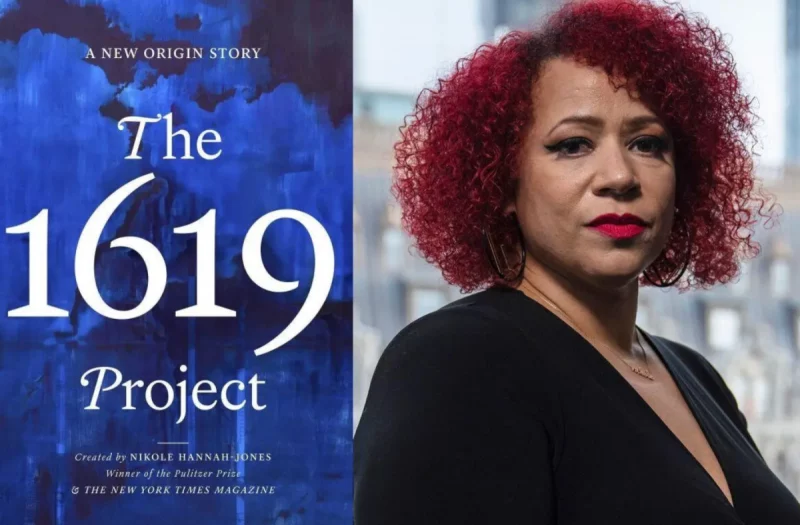The 1619 Project Centers Us and Our Story
Share
Explore Our Galleries
Breaking News!
Today's news and culture by Black and other reporters in the Black and mainstream media.
Ways to Support ABHM?
Aswad Walker, Defender
Award winning-journalist and scholar Nikole Hannah Jones’ “The 1619 Project” centers Black folks in American history.

“Attempts to block, discredit, distort, colonize and criminalize Black (African, Pan-African) history have been going on since the early 1470s. That’s roughly 550 years worth of Eurocentric whitewashing; or as folk in the halls of academia call it, ‘epistemic violence.’ Epistemic violence is not physical violence, like busting somebody upside the head. Rather, it’s purposefully removing, distorting or erasing the contributions to society and humanity of a specific group of people, be they Blacks, Latinx, women, etc., from books, school curriculums, movies and TV shows, etc.
The result? Psychological and emotional violence is perpetrated upon those who don’t see people who look like them in history books, or read great literature written by folk who could be their relatives. Thus, a powerful lesson is taught by NOT teaching about or celebrating on the big and small screens (TV & movies) the achievements and striving of the group whose achievements and strivings have been whited out. The lesson is ‘Your people haven’t done anything in the history of humanity worth studying, worth celebrating, worth taking any time out of the day to spotlight.’
[…]
But the first thing to come under attack after the Summer of George Floyd was the work of award-winning journalist and scholar Nikole Hannah-Jones — “the 1619 Project.” That New York Times series and later the book were attacked by “scholars” and trashed by conservative media talking heads because the “1619 Project” had the audacity to center Blackfolk in the American story. And now, Hannah-Jones’ work has been made into a documentary series available right now on Hulu.”









Comments Are Welcome
Note: We moderate submissions in order to create a space for meaningful dialogue, a space where museum visitors – adults and youth –– can exchange informed, thoughtful, and relevant comments that add value to our exhibits.
Racial slurs, personal attacks, obscenity, profanity, and SHOUTING do not meet the above standard. Such comments are posted in the exhibit Hateful Speech. Commercial promotions, impersonations, and incoherent comments likewise fail to meet our goals, so will not be posted. Submissions longer than 120 words will be shortened.
See our full Comments Policy here.